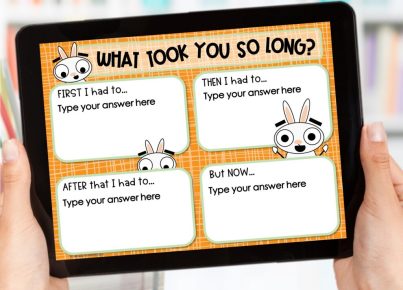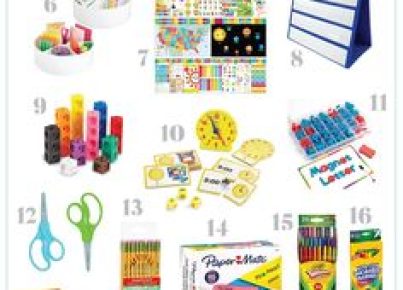In the modern era of remote learning and virtual classrooms, educators at all levels need to adapt their teaching techniques for the digital environment. This is especially important when teaching young students, like those in the 2nd grade. This article will provide you with guidelines, tips, and resources to help you successfully navigate the world of online teaching for 2nd graders.
1. Embrace Technology
Teaching online opens new doors for incorporating technology into your lesson plans. Familiarize yourself with a variety of platforms, such as Zoom or Google Classroom, and determine which ones work best for you and your students’ needs. Integrate interactive activities using tools like Kahoot! or Quizlet to keep your students engaged.
2. Plan Engaging Lessons
Just like in-person teaching, planning engaging lessons is crucial for student success in online classes. Utilize videos, storytelling, games, and hands-on activities that focus on skill-building and encourage social interactions among students; remember that young children learn through play and exploration.
3. Communicate Regularly with Parents and Guardians
Establishing a strong communication channel between yourself and parents/guardians is essential to online education success. Send weekly updates via email or use communication apps like Remind or ClassDojo to keep them informed about their children’s progress, upcoming assignments, and school events.
4. Establish Expectations Early On
Lay out clear expectations for behavior and participation during virtual class sessions from day one – this includes guidelines regarding cameras and microphones, attendance requirements, academic honesty, and respect towards peers and instructors.
5. Encourage Interaction
Children in 2nd grade are learning to develop cooperative skills through social interaction. Provide opportunities for them to work together on projects and participate in group discussions during virtual lessons. Breakout rooms are an excellent tool for encouraging collaboration while maintaining structure.
6. Offer Differentiated Instruction
Not all learners may progress at the same pace. Differentiate your instruction by offering several levels of complexity, challenge, and scaffolding. Provide supplemental resources for students who need extra support, and include enrichment opportunities for those ahead of the class.
7. Monitor Progress and Adjust as Needed
Regularly assess your students’ progress through quizzes, projects, class discussions and one-on-one check-ins. Remain flexible in your lesson plans and adapt your teaching strategies based on their needs and development.
8. Provide Emotional Support
The shift to online learning can be challenging, both for students and parents. Be mindful of the emotional well-being of your students by fostering a positive online environment, offering encouragement, and making time to address their concerns.
9. Cultivate a Strong Virtual Classroom Community
Develop a sense of classroom culture by celebrating special events, acknowledging student accomplishments, and encouraging respectful communication among classmates. Activities like virtual field trips or class parties can also help build a sense of community.
10. Stay Organized
Lastly, create a solid organizational system to keep track of lesson plans, materials, and graded assignments. Keeping everything sorted will help to reduce stress and ensure that you are prepared for each virtual lesson.
By following these guidelines and adapting them to fit the unique requirements of your online classroom, you will be well on your way to successfully teaching 2nd grade online!




